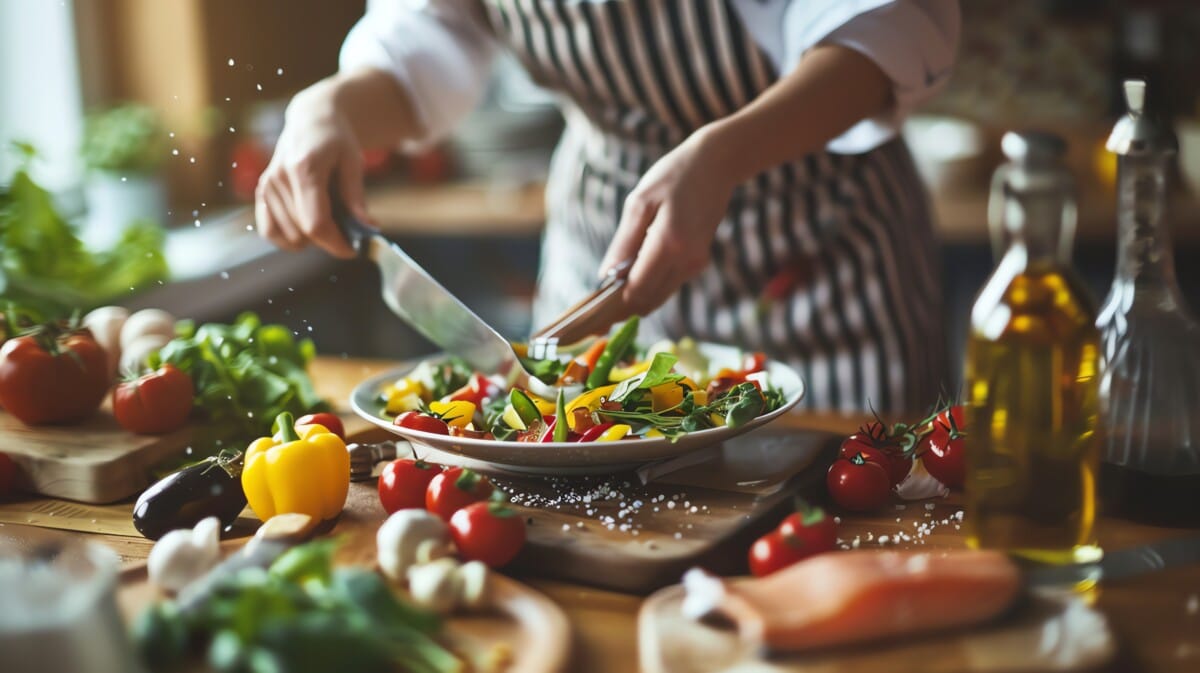From Sizzling to Simmering: The Essential Vocabulary Every Student Needs in the Kitchen
Food and cooking are part of everyday life, which makes them a rich and relatable topic for students. Whether they’re cooking at home, watching YouTube recipes, ordering in a restaurant, or chatting about meals with friends, learners constantly encounter cooking-related vocabulary. That’s why teaching this set of words isn’t just fun—it’s essential.
For beginner and intermediate students, cooking terms like recipe, ingredients, and utensils provide immediate value. These are words students may hear from host families, read on food packaging, or use when asking for help in the kitchen. Many students, especially those living abroad, are expected to cook for themselves. Knowing how to follow a recipe—boil, chop, stir, and mix—is more than language learning; it’s about independence.
Cooking lessons can also bring a cultural element into the classroom. Students can compare how different countries use spices and herbs, or explain how meals are typically prepared in their families. Activities like discussing a simple recipe or describing the steps to make a dish give students a real reason to use verbs like grilling, frying, kneading, or simmering. It’s also a natural opportunity to practice sequencing, measurements, and imperatives—all key components of language fluency.
Best of all, this topic invites participation. Students enjoy talking about food. They feel ownership over their examples. And when they can explain how to cook something in English, it’s a confidence booster.
Now is the perfect time to save this pack and give your students the language they need for one of life’s most universal activities.









